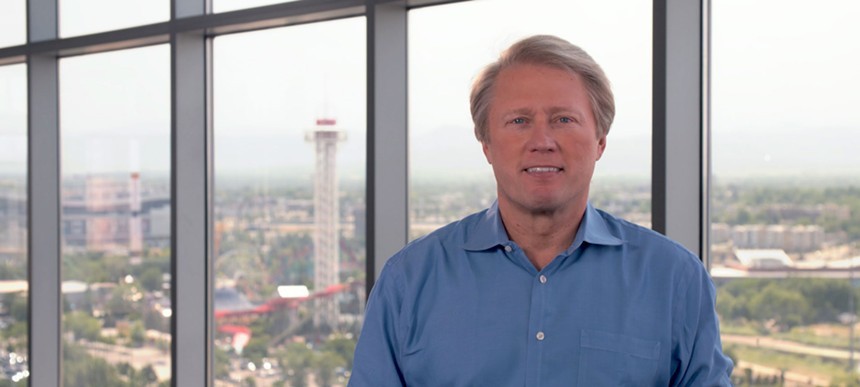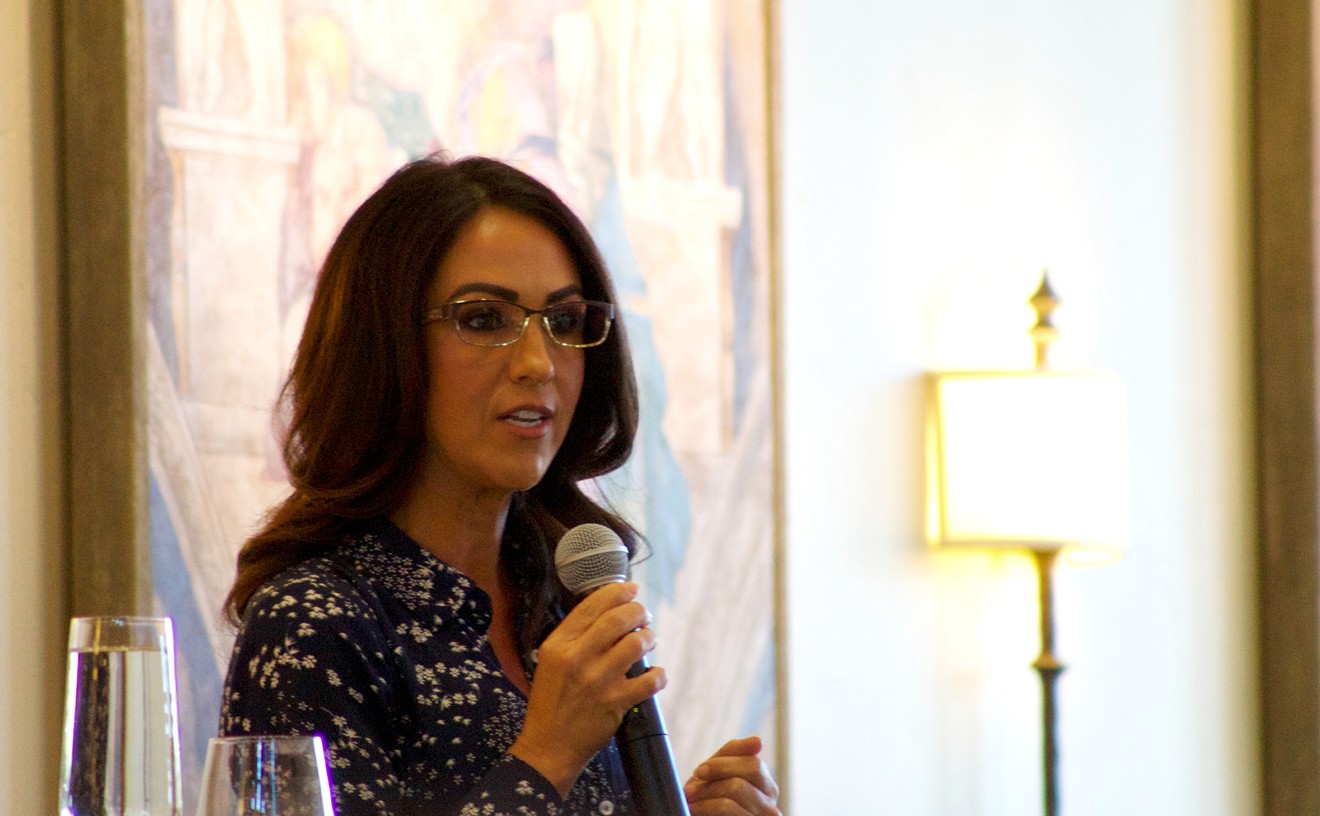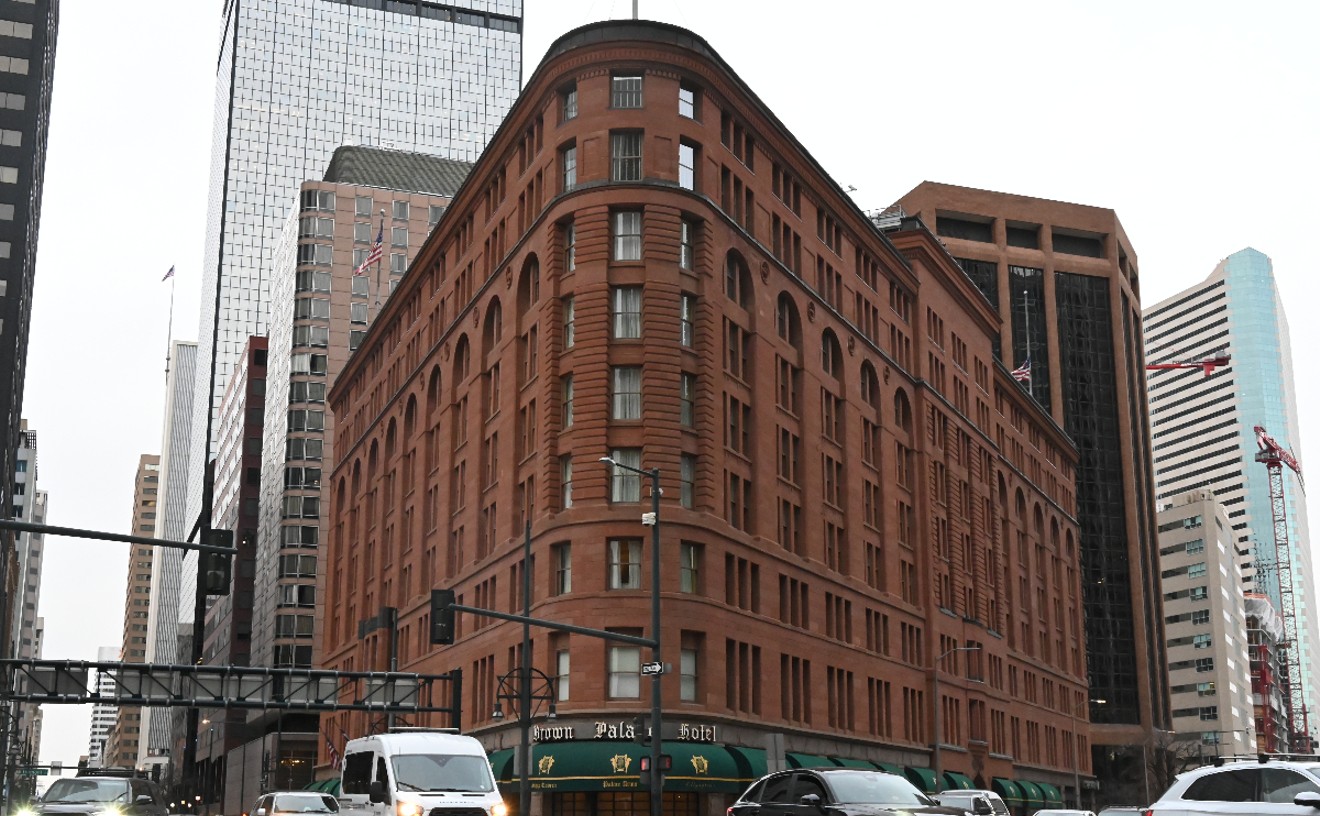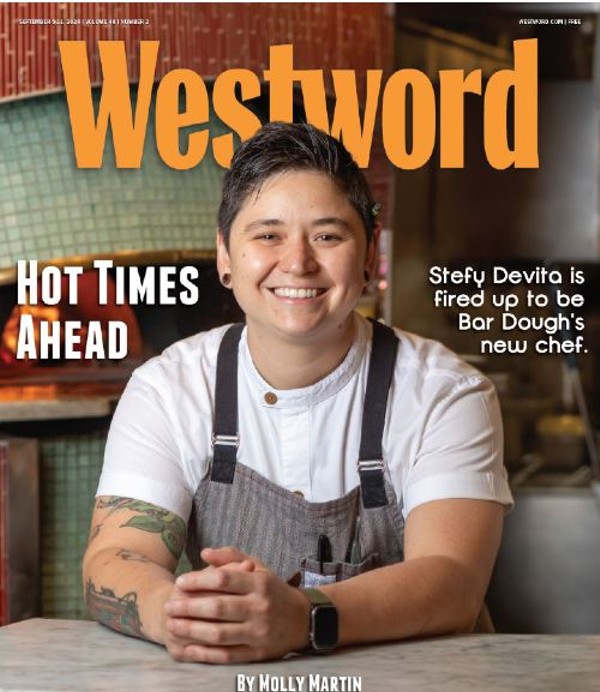In two months, Colorado voters will decide whether to make some of the biggest changes to their election system in the Centennial State’s 148-year history.
Initiative 310, backed by centrist megadonor Kent Thiry and the nonprofit Unite America, would abolish party primaries in favor of a single “all-candidate” primary for each state and federal office. The top four candidates in each primary would advance to a general election decided by ranked choice voting.
Proponents of the system bankrolled a successful effort to establish it in Alaska in 2020, and want to spread it to a half dozen other states this year. They pitch their model as a cure for political division and dysfunction. Critics in both parties argue that it will diminish the value of grassroots organizing and primarily benefit wealthy candidates, and some local elections officials are skeptical about its implementation.
Founded in 2014 and co-chaired by Thiry, the deep-pocketed former CEO of dialysis company DaVita, Denver-based Unite America — previously known as the Centrist Project — has backed reforms like vote by mail and independent redistricting commissions, including the anti-gerrymandering measures approved by Colorado voters in 2018. But with its big bet on its top-four model, it’s aiming to achieve a history-making transformation of the U.S. election system.
If that comes to pass, it won’t be the first time that Colorado has played a pivotal role in experimenting with new ways for Americans to vote. More than a century ago, the nascent movement to adopt ranked choice voting in the United States was jumpstarted by voters in the city of Grand Junction and a political iconoclast named James W. Bucklin.
Amid a wave of progressive reform efforts against the corrupt city machine politics of the era, Bucklin, a former state legislator, wrote a new city charter for Grand Junction, and voters adopted it in a special election in 1909. Its ideas included a new commission form of municipal government, with the mayor, renamed the “commissioner of public affairs,” elected alongside citywide commissioners for water, finance, highways and civic beauty.
But the most controversial change was the charter’s enactment of “preferential voting”: Grand Junction voters were given ballots asking for their first, second and third choice for each office. Though there are important differences between the Bucklin system and the ranked choice voting methods proposed today, the basic idea was the same: If no candidate received a majority of first-choice votes, second-choice votes would be counted, and then third-choice votes if necessary.
Some of Bucklin’s rhetoric in espousing the virtues of his system might as well have been written by proponents of the Colorado Voters First initiative today.
“If … we are to establish good government, we must enact some electoral system that will destroy political machines, and prevent the election of officials by minorities,” Bucklin wrote in 1911. “The preferential ballot for cities is a plan to restore majority elections and true representative government.”
But the very first election held under the new system in Grand Junction appalled its critics. Thomas M. Todd, the Socialist Party’s pick for mayor, trailed two other candidates in the first round of voting. With no one even close to winning a majority in the six-way race, the contest proceeded to count second- and then third-choice votes, putting Todd over the top. He would go on to serve a single four-year mayoral term, appoint the nation’s first socialist police chief and set up a municipal lumber yard where the unemployed could chop wood in exchange for a hot meal, while leading unsuccessful attempts to establish a city-owned icehouse, coal mine and electric utility.
But the outrage over the new voting system, and its seemingly counterintuitive results, was instant. The headline of a Grand Junction Sentinel editorial the following day declared: “Preferential System Offspring of Bone Head.”
“The Sentinel says that the system is all wrong. It is un-American,” thundered editor Walter Walker. “The Sentinel appeals to every other community in the state to steer clear of this fool means of making selection of officers in a municipality.”
But many other cities in Colorado and around the country, fed up with the preceding decades of machine politics, didn’t listen, and chose to join the wave of cities experimenting with new voting methods. More than sixty U.S. municipalities, including Denver and San Francisco, went on to adopt the Bucklin system or something very similar to it.
Denver adopted ranked voting in 1913, and the system was in use throughout a turbulent period in the city’s history. Mayor Ben Stapleton, a pro-business candidate backed by the then-influential Ku Klux Klan, needed third-choice votes to win his first election in 1923. Eight years later, he narrowly lost his bid for a third term, again thanks to the third-choice tally, but went on to return to power in 1935.
Criticisms of the Bucklin system mounted over the years, and election reformers and political scientists generally take a dim view of it today. By adding second- and third-choice votes to the first-round tally, rather than transferring each ballot’s vote, it arguably violated the one-person, one-vote principle, which several state courts cited as a reason to declare the method unconstitutional. At the same time, the system contained a glaring contradiction: It incentivized voters to “bullet vote” for a single candidate and decline to rank any others, since doing so would prevent their candidate’s vote share from being diluted in subsequent rounds.
With the support of Stapleton, who was defeated in 1931, Denver voters approved an initiative ending preferential voting in 1935. For a variety of reasons, most other cities around the country followed suit by the mid-20th century. Grand Junction, which had pioneered the system, abandoned it in 1921, after using it for just three municipal election cycles.
The version of ranked choice voting endorsed by most reform advocates today, including Thiry and Unite America, is sometimes known as instant runoff voting. It aims to overcome the Bucklin system’s shortcomings by transferring votes, rather than adding them. After each round without a majority winner, the last-place candidate is eliminated, and votes for that candidate are transferred to the next-ranked choice on each ballot.
The new system isn’t without its critics, either. The choice between sticking with the status quo and experimenting with something new will fall to Colorado voters in November — but if nothing else, history shows that in a democracy, there’s no guarantee that an experiment will be permanent.
Chase Woodruff is a former staff writer at Westword, and is now the senior reporter for Colorado Newsline, from which this story is republished.

Audio By Carbonatix
[
{
"name": "Air - MediumRectangle - Inline Content - Mobile Display Size",
"component": "12017618",
"insertPoint": "2",
"requiredCountToDisplay": "2",
"watchElement": ".fdn-content-body",
"astAdList": [
{
"adType": "rectangle",
"displayTargets": "mobile"
}
]
},{
"name": "Editor Picks",
"component": "17242653",
"insertPoint": "4",
"requiredCountToDisplay": "1",
"watchElement": ".fdn-content-body",
"astAdList": [
{
"adType": "rectangle",
"displayTargets": "desktop|tablet"
},{
"adType": "rectangle",
"displayTargets": "desktop|tablet|mobile"
}
]
},{
"name": "Inline Links",
"component": "18838239",
"insertPoint": "8th",
"startingPoint": 8,
"requiredCountToDisplay": "7",
"maxInsertions": 25
},{
"name": "Air - MediumRectangle - Combo - Inline Content",
"component": "17261320",
"insertPoint": "8th",
"startingPoint": 8,
"requiredCountToDisplay": "7",
"maxInsertions": 25,
"watchElement": ".fdn-content-body",
"astAdList": [
{
"adType": "rectangle",
"displayTargets": "desktop|tablet"
},{
"adType": "rectangle",
"displayTargets": "desktop|tablet|mobile"
}
]
},{
"name": "Inline Links",
"component": "18838239",
"insertPoint": "8th",
"startingPoint": 12,
"requiredCountToDisplay": "11",
"maxInsertions": 25
},{
"name": "Air - Leaderboard Tower - Combo - Inline Content",
"component": "17261321",
"insertPoint": "8th",
"startingPoint": 12,
"requiredCountToDisplay": "11",
"maxInsertions": 25,
"watchElement": ".fdn-content-body",
"astAdList": [
{
"adType": "leaderboardInlineContent",
"displayTargets": "desktop|tablet"
},{
"adType": "tower",
"displayTargets": "mobile"
}
]
}
]












